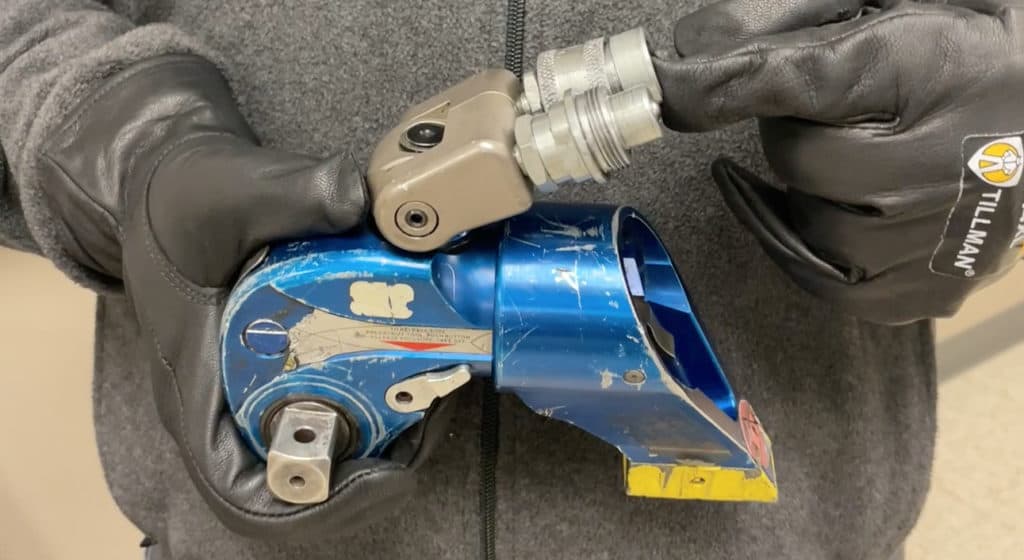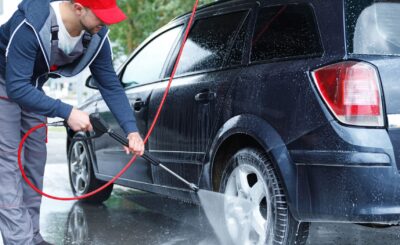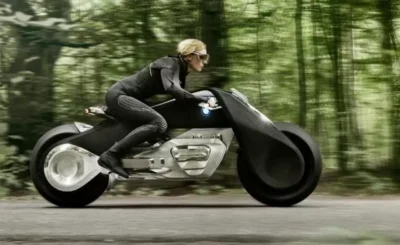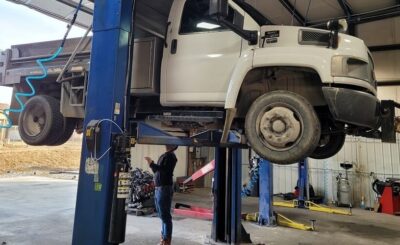With the high-pressure liquid and extremely effective mechanical reaction arms, there is a wonderful possibility for injury with inappropriate hydraulic device wrench usage. Innovation suggests any kind of site that uses hydraulic devices first undergo risk-free use, as well as procedure training.
Always depressurize the hydraulic pipe before utilizing it. Store hydraulic pipes in a circle wrapped end to finish, and do not screw completions on one side together. As stated above, if you see any kind of steel entwining bins, burns, cracks, or twists, do not use that hose pipe.
The various other major safety worries for every hydraulic torque wrench are pinch points resulting from response factors. You understand sufficient physics to understand that for each activity, there is an equivalent and opposite response. In bolting, this implies that if an assembler is utilizing 1000 feet of pounds to a screw, the response arm is using that same amount of force to the nearby nut. You do not desire any kind of part of your body captured between those 2 items of steel.
here are 2 significant kinds of hydraulic device designs around: Those withholding pawls as well as those not withholding pawls. The holding pawl enables the device to ratchet without utilizing the “wind up” on the bolt. The holding pawl is going to get bound up over the bolt at some time, as well as while the device will ratchet, it will be hard to take off the flange.
When this takes place: DO NOT take a hammer to the device. Rather, power up the device utilizing the hydraulic pump and then cast down the holding pawl, as well as the hydraulic device, will launch.
Hydraulic Torque Wrench Upkeep
A crucial facet of hydraulic torque Electric Torque Wrenches upkeep is seeing the seals. Mostly, these seals become the initial point of damage. If you see oil in your hydraulic pump that looks milk-like, loaded with dirt, water, or grime, those pollutants will travel along with the hydraulic fluid via your tool, as well as gnaw at your seals.
The second maintenance element to mind is the hydraulic pipes. The couplers on hose pipes routinely get grime and crud, as well as every little thing else, put through and onto them. Then individuals will put network locks or monkey wrench onto the couplers to try and tighten them. Please clean up the installations with each use, so that you do not need to do this, as network locks will harm, as well as ultimately spoil the couplers.
If you have to replace a fitting, please make sure to follow the hydraulic tube manufacturer’s needs.








